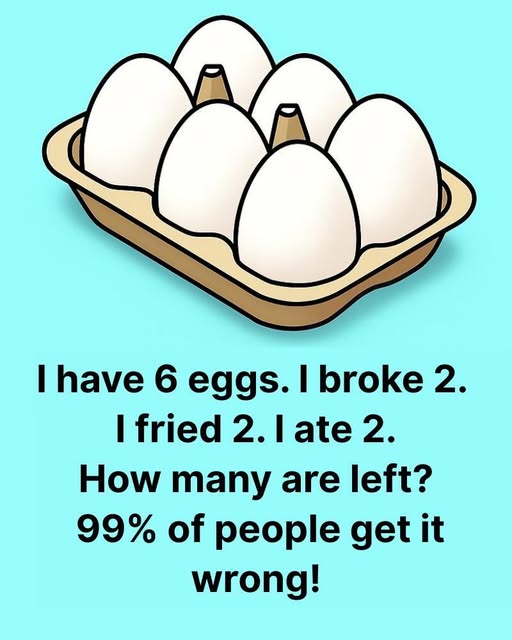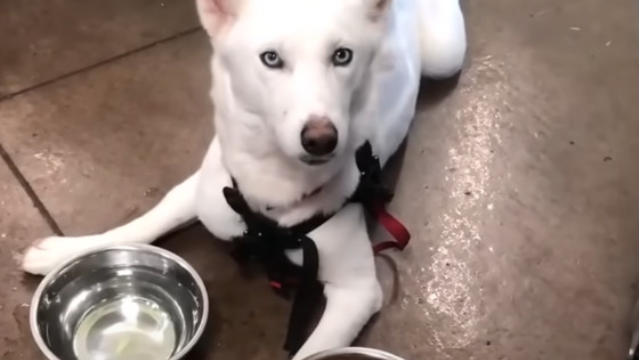If you spend any time on social media, you’ve probably run into at least one puzzle that seems laugh-out-loud simple—right up to the moment you realize you’ve walked straight into a logical trap. The “6 Eggs” riddle is one of those deceptively easy brain teasers that leaves even the quickest thinkers second-guessing themselves. It goes like this:
“I have six eggs. I broke two, I fried two, and I ate two.
How many eggs are left?”
Most of us do what feels natural: we hear three separate actions—breaking, frying, eating—and immediately treat each as affecting a different pair of eggs. A little mental subtraction later, we announce with confidence:
6 − 2 − 2 − 2 = 0.
Zero eggs left, right? Game over.
Except that answer is dead wrong.
Why the Obvious Answer Isn’t Always the Right One
The brilliance of this riddle lies in the way it quietly encourages you to assume the actions happen to distinct eggs. Yet nothing in the wording says that’s true. Maybe the two eggs you broke are the exact same two you dropped into the frying pan, and those could also be the very eggs you ultimately ate. If that’s the case, only two eggs ever leave your dozen-half, and the remaining four never see any action at all.
That single insight flips the entire problem on its head:
-
Broke two (Eggs #1 and #2)
-
Fried two (Again, Eggs #1 and #2)
-
Ate two (Still Eggs #1 and #2)
Because all three verbs apply to the same pair, the math is simply:
6 total eggs − 2 used eggs = 4 eggs left.






